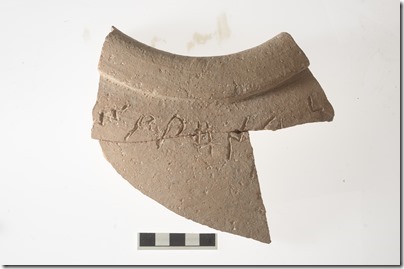Yesterday we listed the top stories related to discoveries and technology. Today we conclude with three additional categories. Yesterday’s introduction applies here as well.
Significant Stories in 2013:
Museums Return Artifacts to Turkey (and here and here)
The Level of the Dead Sea Rose (and may keep rising)
King Herod Exhibit Opening at Israel Museum (and here and here)
The Cyrus Cylinder Toured the US (and here)
IAA: Jehoash Tablet Is an Antiquity and Supreme Court Rules in Favor of Oded Golan
King Solomon’s Mines, After All
Replica of King Tut’s Tomb Planned To Save Original
Antiquities of War-torn Syria Are Being Extensively Looted
Two Major Snow Storms in Jerusalem
Noteworthy Posts:
Arguments Against Locating Sodom at Tall al-Hammam
Online Museum: Bible and Archaeology
Report Published for Gezer Regional Survey
Picture of the Week: Jordan River Flooding in 1935
Why Is There Little Evidence for David’s Kingdom?
Picture of the Week: Locust Plague of 1915
The Grotto of Saint Paul in Ephesus
Secret Places: 1st Century Synagogue at Magdala
Favorite Resources in 2013:
Satellite Bible Atlas, by William Schlegel (and here)
Views That Have Vanished (in Accordance)
The Oxford Encyclopedia of the Bible and Archaeology, ed., Daniel M. Master
Everyday Life in Bible Times, by John Beck
The World of the New Testament, eds., Joel B. Green and Lee Martin McDonald
Previous Years:
Top Stories of 2012 (and more)
Top Stories of 2011 (and more)
Top Stories of 2010 (and more)
Top 8 of 2008 (and more)
We wish our readers a happy new year!

